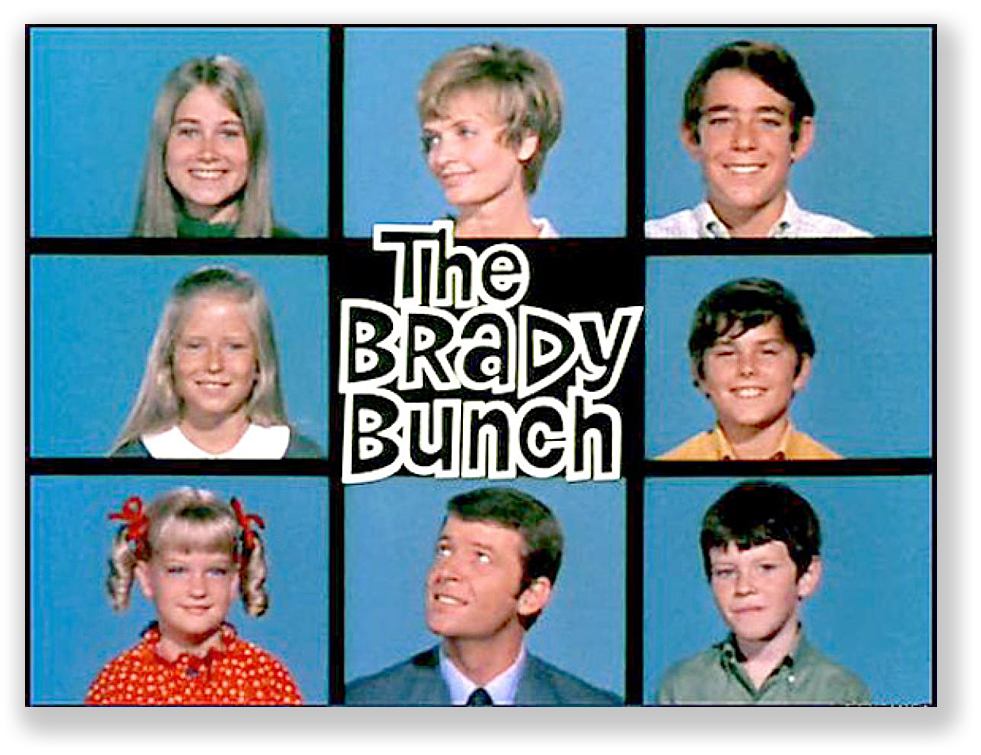We post news and comment on federal criminal justice issues, focused primarily on trial and post-conviction matters, legislative initiatives, and sentencing issues.
HIDE AND SEEK
 There is perhaps no more pernicious problem in federal criminal justice today (if not criminal justice in general) than the ubiquity of Brady violations.
There is perhaps no more pernicious problem in federal criminal justice today (if not criminal justice in general) than the ubiquity of Brady violations.
“Brady,” of course, is derived from Brady v. Maryland, and is the rule that the government has the duty to turn over to the defendant all evidence known to it that may be exculpatory, including not just substantive evidence (like an interview with a busload of nuns who saw the defendant in church 20 miles from the scene of the crime at the time the offense was being committed) but also impeachment evidence (like a secret agreement with a government witness that he’ll be let out of jail if he testifies against the defendant). The nature of the Brady right may have never been explained better than by 7th Circuit Court of Appeals Judge Diane P. Wood, who opened today’s decision with this:
The Supreme Court’s decision in Brady v. Maryland, 373 U.S. 83 (1963), might seem a bit strange to someone who thought that the adversary system in criminal cases allows each side to adopt a “no holds barred” litigation stance. But that is not the way the Constitution structures criminal procedure. From the Fifth Amendment’s privilege against compulsory self-incrimination, to its double-jeopardy clause, to the rights conferred by the Sixth Amendment both to be informed of the nature and cause of the accusation and to be confronted with witnesses, to the due process right to be convicted only upon proof beyond a reasonable doubt, the system is replete with safeguards for an accused.
The obligation of the prosecution to turn over any favorable evidence to the defendant, first announced in Brady, is one aspect of the due process right.
Criticism of prosecutorial mischief when it comes to revealing exculpatory evidence has grown dramatically in the last few years. From the 3rd Circuit’s tome of Brady violations in Dennis v. Sec’y, DOC, to the 2nd Circuit upholding an $18 million award to a man convicted because of a Brady violation, to the Supreme Court’s wrestling with Brady in last June’s Turner v. United States decision, Brady violations have been hot.
In fact, a Brady issue from the State of Washington led to an unusual judicial squabble in the 9th Circuit when Judge Alex Kozinski blasted state officials for not disciplining errant prosecutors for what he saw as an egregious Brady violation, an aside that drew spirited disagreement from fellow jurists (and was later withdrawn by the Court).
The litany of Brady “hide and seek” abuses – where the government hides evidence and implicitly challenges the defense to find it – has been well chronicled elsewhere in popular media, professional publications and scholarly journals. The costs exacted by Brady violations on the integrity of the process, lives of wrongly-convicted defendants, and on wasted trials and retrials – all because of prosecutorial boneheads – are high. The latest judicial expense laid low by Brady is a long, expensive trial of two drug defendants in Chicago.
Antonio Walter and Kenneth Bell were tried for being heroin supplier kingpins managing an open-air drug mart at various street corners on Chicago’s west side. The case was far from airtight: It rested on evidence that Bell was inexplicably wealthy, on physical samples of heroin seized from organization members, and expert testimony by law enforcement about drug trafficking.
As described by Judge Wood, “conspicuously absent was any direct evidence tying either Walter or Bell to the alleged conspiracy. Because there were no controlled buys or recorded incriminating statements, the government’s case hinged on witness testimony. Seven witnesses identified Walter as a participant in the drug organization; five of them fingered Bell as the drug supplier. The problem was that these witnesses, unsurprisingly for this type of case, were hardly model citizens. Their knowledge of the defendants’ involvement in the organization stemmed from their own participation. All seven had been charged with or convicted of drug crimes, and six of them were testifying pursuant to agreements that held out the possibility of reduced sentences. As the defense was at pains to point out, personal involvement, lengthy criminal histories, and a desire to secure lenient treatment all raised major credibility concerns.”
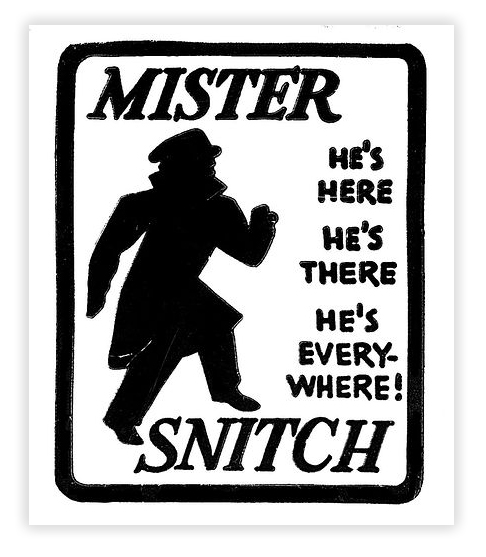 One of the witnesses, a guy named Forrest, testified pursuant to a deal that cut his 30-year sentence by two thirds. He initially offered only lukewarm support for the government’s case. He said that he had seen Walter in the room while heroin was being prepared for sale, but he did not remember Walter’s actively participating. Bell, he said, was rarely present, and he did not recall how often Bell supplied heroin. Unsurprisingly, Forrest’s memory improved markedly after he spoke with the prosecution during a lunch break. After a sandwich and a briefing, Forrest suddenly recalled that Bell dropped off heroin to Walter around three times a month, and that cash from the day’s sales was usually handed over to Walter.
One of the witnesses, a guy named Forrest, testified pursuant to a deal that cut his 30-year sentence by two thirds. He initially offered only lukewarm support for the government’s case. He said that he had seen Walter in the room while heroin was being prepared for sale, but he did not remember Walter’s actively participating. Bell, he said, was rarely present, and he did not recall how often Bell supplied heroin. Unsurprisingly, Forrest’s memory improved markedly after he spoke with the prosecution during a lunch break. After a sandwich and a briefing, Forrest suddenly recalled that Bell dropped off heroin to Walter around three times a month, and that cash from the day’s sales was usually handed over to Walter.
Another witness, Nesbitt, came near the end of the case. He was reticent on the stand, but in the hallway, he told an FBI agent that Forrest was still packaging and selling heroin on the same street corner, this time for a new supplier named “K-Mart.” This directly contradicted Forrest’s testimony that he had given up drug sales while on bond. The agent told the prosecutor what Nesbitt had said, but the prosecutor said nothing to the defense about Nesbitt’s revelations until months after the trial.
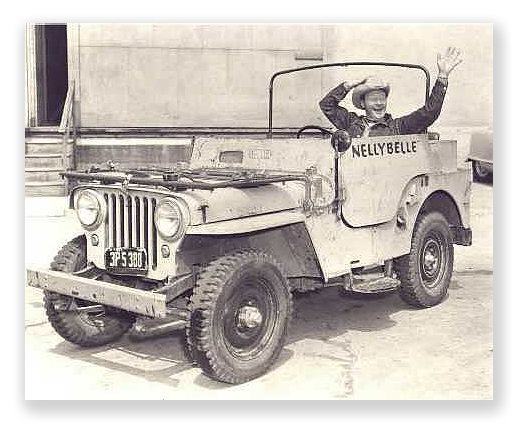
To succeed on a Brady claim, a defendant has to show that some evidence was suppressed, that it was favorable to the defendant, and it was material to the defense. As is usually the case, everyone agreed the evidence was suppressed and it was favorable. The battle was over whether it was material.
Brady evidence is material if there is a reasonable probability that, had it been disclosed to the defense, the result of the proceeding would have been different. The government argued the evidence was not material because Forrest had already been pretty shown to be a scumbag, and anyway, the rest of its case was so strong that the new evidence would not have mattered.
The Circuit said that “the fact that Forrest is an admitted lifelong drug dealer with at least two controlled-substance convictions (to say nothing of his firearm convictions) does not undermine the incremental value of this impeachment evidence.” The evidence went to whether he was lying on the stand. The Court pointed out that Forrest’s claim that he had given up his drug-dealing ways “would enhance the witness’s credibility with the jury, if one thinks that jurors are more likely to trust a reformed criminal than an active one. Yet the implication is flipped if the redemption story turns out to be a lie.”
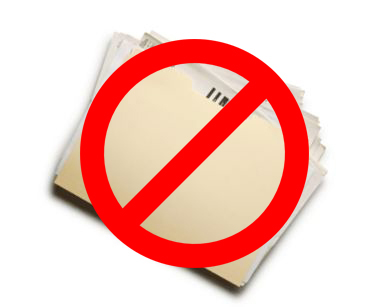 What’s more, the evidence cut to the heart of the case. Nesbitt’s comment revealed that Forrest was selling on behalf of a new supplier named “KMart.” If the jury thought that KMart had taken over this area, and if it further believed that there was room for only one supplier, it might have found that Bell could not have been that person. Nesbitt and Forrest had been selling on those corners before Bell’s arrival, and they continued to sell after Bell’s arrest. While the Court admitted “that is far from conclusive evidence pointing to Bell’s non-involvement… it could have been one piece of a puzzle.
What’s more, the evidence cut to the heart of the case. Nesbitt’s comment revealed that Forrest was selling on behalf of a new supplier named “KMart.” If the jury thought that KMart had taken over this area, and if it further believed that there was room for only one supplier, it might have found that Bell could not have been that person. Nesbitt and Forrest had been selling on those corners before Bell’s arrival, and they continued to sell after Bell’s arrest. While the Court admitted “that is far from conclusive evidence pointing to Bell’s non-involvement… it could have been one piece of a puzzle.
The Circuit warned against employing a “but for” analysis. “We do not need to find, however, that “but for” the failure to disclose Nesbitt’s impeachment evidence, the defendants would not have been convicted. The standard is only whether there is a reasonable probability of a different outcome. We conclude that the evidence meets this standard.”
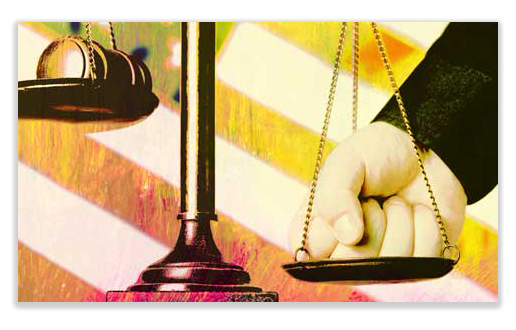 The Court observed that if the jury had learned of Forrest’s ongoing criminal conduct, “it might have doubted his testimony that he had ‘seen the light.’ Knowing that he was lying under oath about his using and dealing in drugs, the jury might reasonably have supposed that he was lying about the criminal activities of the defendants as well.” While the court conceded that the government still could have the defendants if the defense had been told of Nesbitt’s statement, it said “but the standard, once again, is only a ‘reasonable probability’ that disclosure would have changed the result of the proceeding.”
The Court observed that if the jury had learned of Forrest’s ongoing criminal conduct, “it might have doubted his testimony that he had ‘seen the light.’ Knowing that he was lying under oath about his using and dealing in drugs, the jury might reasonably have supposed that he was lying about the criminal activities of the defendants as well.” While the court conceded that the government still could have the defendants if the defense had been told of Nesbitt’s statement, it said “but the standard, once again, is only a ‘reasonable probability’ that disclosure would have changed the result of the proceeding.”
United States v. Walter, Case No. 16-1325 (7th Cir., Aug. 29, 2017)
– Thomas L. Root


